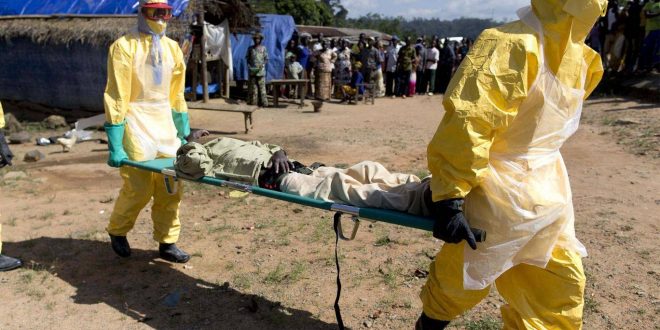The World Health Organisation has added a mysterious “Disease X” to a list of viruses it fears could cause a global pandemic in the future.
The organisation released a list of diseases it considers pose a high risk to the public due to their potential to spark an epidemic and the limited treatment available to combat them.
Virus such as Ebola, Zika, Lassa fever and severe acute respiratory syndrome (Sars), which have all seen outbreaks in recent years are included as serious threats.
However, the WHO has included the ominous-sounding Disease X to its priority list for the first time this year after a review by health experts in February.
Disease X is in fact not a newly-discovered threat in itself, but a hypothetical virus, which could emerge in the future and cause widespread infection across the globe.
“Disease X represents the knowledge that a serious international epidemic could be caused by a pathogen currently unknown to cause human disease”, the WHO said in a statement.
It added healthcare officials were planning for a currently unidentified threat now to ensure: “research and development preparedness that is relevant for an unknown Disease X as far as possible.”
“History tells us that it is likely the next big outbreak will be something we have not seen before”, John-Arne Rottingen, chief executive of the Research Council of Norway and a scientific adviser to the WHO committee told The Telegraph.
“It may seem strange to be adding an ‘X’ but the point is to make sure we prepare and plan flexibly in terms of vaccines and diagnostic tests.
“We want to see ‘plug and play’ platforms developed which will work for any, or a wide number of diseases; systems that will allow us to create countermeasures at speed.”
Mr Rottingen said Disease X could come from a variety of sources, although it was most likely developed through zoonotic transmission, where an infectious disease which usually afflicts animals jumps to humans.
Ebola and salmonella infection are both zoonoses, as is HIV, which is thought to have been transferred to humans from chimpanzees other and monkeys in the early 20th Century.
“As the ecosystem and human habitats change there is always the risk of disease jumping from animals to humans”, he added.
“It’s a natural process and it is vital that we are aware and prepare. It is probably the greatest risk.”
The WHO said several other groups of diseases, such as haemorrhagic fevers and emergent non-polio enteroviruses, were omitted from its priority list.
It did however say these pathogens did post a serious risk to public health and need to be “watched carefully” and potentially considered for inclusion next year.
The Independent
 Lebanese Ministry of Information
Lebanese Ministry of Information



